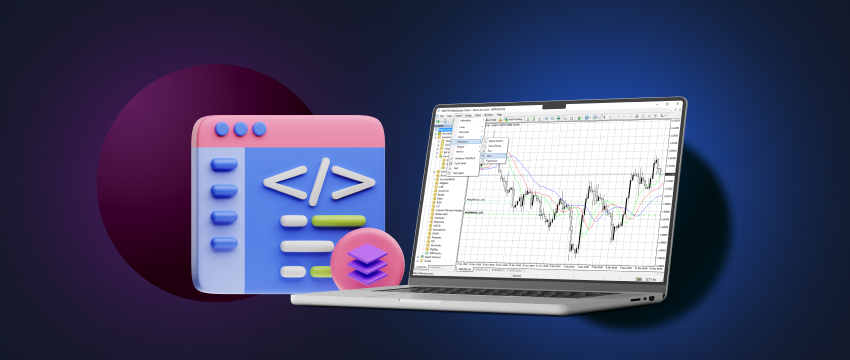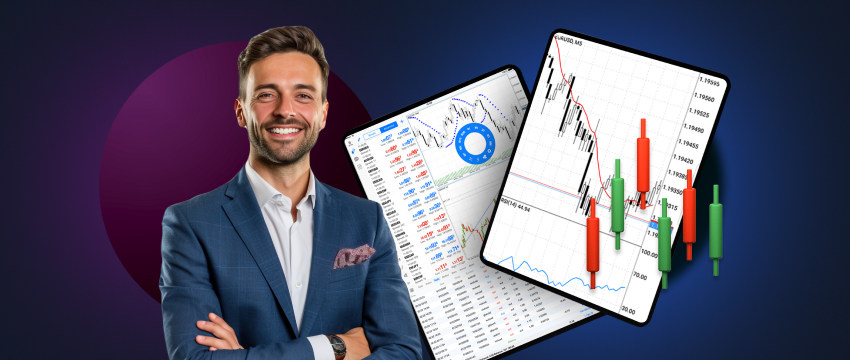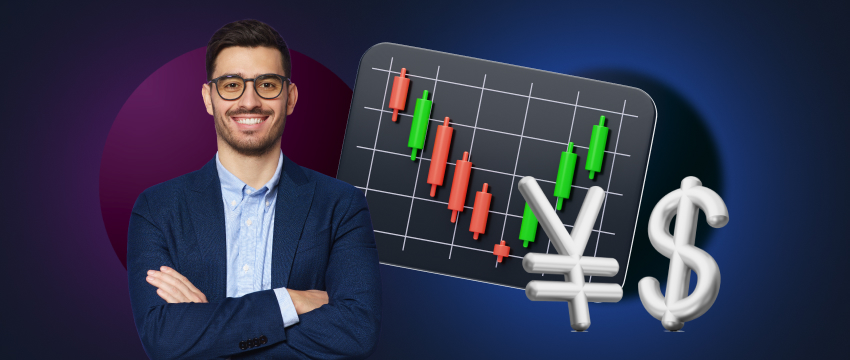Technological advancements have changed how traders operate. This includes forex, métaux, matières premières, contrats à terme, et indices. Traders now use technology regardless of the financial instrument. One of the most impactful innovations is automated or algorithmic trading, also known as algo trading.
What is algorithmic trading?
Algorithmic trading refers to the use of mathematical models (computer algorithms) to automatically open and/or close positions based on pre-established rules or criteria. This criteria includes price fluctuations, timing, and trade volume.
Algo trading offers faster execution times. It can sometimes reduce costs as well. However, it can also intensify market vulnerabilities. This may lead to flash crashes. Sudden liquidity shortages can also occur.
Algorithmic trading features rapid data analysis. This speed exceeds what any person can achieve. It enables traders to maximize potential profits. Traders can capitalize on unanticipated trading opportunities.
Additionally, one of the primary advantages of algo trading is that it is devoid of emotions or feelings. Instead, it is an objective form of trading that uses predefined instructions to execute trades. Human emotions, like fear or greed, often influence decision-making in traditional trading.
However, with algo trading, trading decisions are based solely on logic, reducing the chances of emotional bias leading to poor trade executions. In volatile markets, this objective approach goes a long way in maintaining discipline.
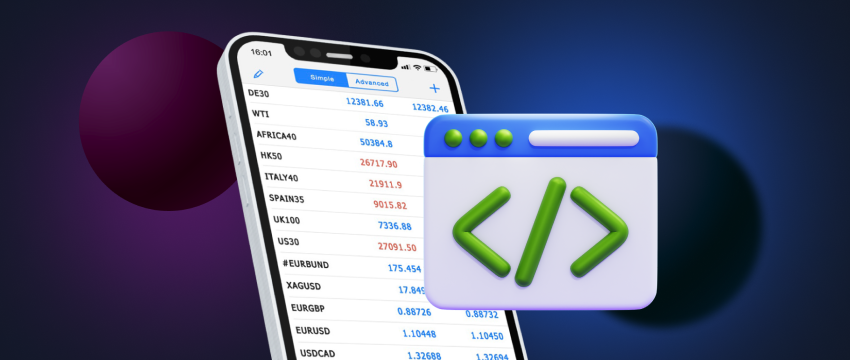
Technological requirements for algorithmic trading
Algorithmic trading requires specific technologies to function effectively.
High speed technology
Algo traders are reliant on high-performance computers capable of processing massive amounts of data at quick speeds. Market opportunities can appear and disappear in milliseconds.
Rapid analysis and execution increase a trader’s potential for success. For example, in high-frequency trading, algorithms execute thousands of orders.
These executions happen within fractions of a second. This strategy maximizes gains on small price fluctuations.
Faible latence
For algorithmic trading to be successful, low latency is a must. This refers to the time it takes for a trade order to reach the market and execute. The lower the latency, the faster the trading – a critical factor for capitalising on market volatilities.
Co-location
Co-location is a unique service that enables traders to position their servers in close proximity to the exchange’s servers, reducing data transmission latency and improving the speed of transactions.
Real-time market data access
Traders rely on real-time market data which is fed into algorithms that then use it to establish when and how to execute trades. Brokers generally provide these data feeds, which must be quick, accurate and comprehensive.
APIs allow traders to connect their algorithms directly to market data and order execution systems. This is what provides seamless integration between the la bonne stratégie de trading and the market.
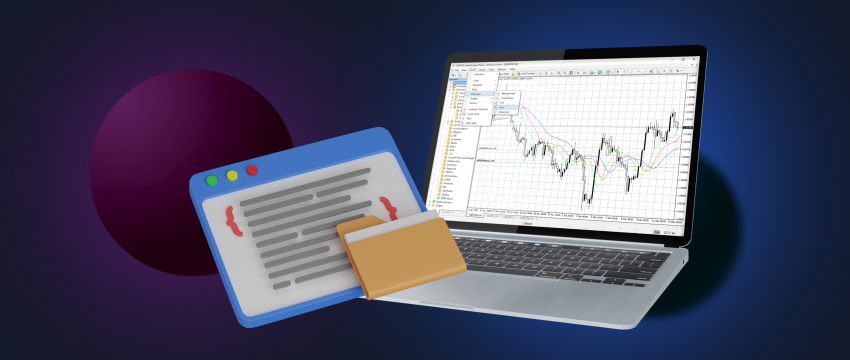
Different types of algorithmic trading
There are many forms of algo trading that exist. Each one comes with its own characteristics and ways to profit from market conditions. Some of the more popular include:
Arbitrage trading
- Arbitrage trading: a trader using an arbitrage strategy is usually looking to take advantage of price discrepancies between assets or markets.
- For instance, if two markets price a stock, currency, or commodity differently, an algorithm can buy the asset at the lower price in one market and sell it at a higher price in the other, profiting from the price difference.
- Rapid execution and accuracy are essential though so as to not miss out on opportunities that are often very fleeting.
Analyse de sentiment
- Analyse de sentiment: another form of algorithmic trading, this strategy analyses social media and other sources online to establish public sentiment toward a particular asset or market.
- Traders want to know this information to determine if there is a positive or negative feeling surrounding a stock for instance, or a metal, or commodity, and so forth.
- In the case that sentiment is positive, the algorithm may purchase the asset on the premise that its value will increase.
- Alternatively, if sentiment becomes negative, the algorithm may instead sell the asset to mitigate possible losses.
Trend-following
- Trend-following: these algorithms capitalize on long-term price shifts by detecting and tracking market trends. They rely on technical tools like moving averages and momentum oscillators to decide when to open or close positions.
- Although this approach isn’t as rapid as some other strategies, it demands ongoing monitoring and adjustments to remain in sync with evolving market trends.
High–frequency trading (HFT)
- High–frequency trading (HFT): HFT is a form of algo trading. It employs high-speed networking and processing, as well as black-box algorithms, to trade instruments quickly. So quickly in fact that trades are executed in millionths of a second.
Algorithmic trading and Expert Advisors (EAs)
Forex traders seeking to automate their order executions often use EAs, or trading robots. EAs are specialized software programs integrated with platforms like MetaTrader 4 (MT4), one of the world’s most renowned trading platforms.
The EAs automate trading decisions using specific strategies programmed by traders. EAs can open and close positions based on pre-defined rules, as well as set stop-loss and take-profit orders.
Becoming an algorithmic trader
If you intend on establishing yourself as an algorithmic trader, you’ll need to equip yourself with an arsenal of knowledge and skills to improve your potential for success.
- For one, you must understand how the markets work, how liquidity is provided, and the factors driving price movements.
- Secondly, it may prove beneficial to have some form of programming background to be able to design or test algorithms.
- Third, you should have a clear idea of the different algorithmic strategies that exist, and how they function. This can be acquired by engaging in some form of trading related education which can be acquired through various sources online. Look for blogs, articles, e-books, webinars, seminars, videos-on-demand, and more, to gain as much information as you can about this form of trading. These types of resources typically impart useful information, insights, concepts, and ideas if coming from reputable sources, like T4Trade for example.
- Fourth, traders can also sign up for a demo trading account to learn about how to navigate trading platforms, like the MetaTrader 4 (MT4) which is world-renowned for its algorithmic trading. MT4 is an easy-to-use platform, with an intuitive interface that is suited for both beginner and more advanced traders. The platform enables traders to develop, test and apply EA’s and technical indicators of any complexity, using MQL4 object-oriented programming language.
- Fifth, regardless of how precise or accurate algo trading is, an algo trader must have a good understanding of risk management strategies to safeguard their funds should the market turn against them. An effective risk management plan is one that integrates stop-loss and take-profit orders, to limit losses and lock in profits as and when the need arises. Portfolio diversification and position sizing are other possible risk management techniques that algo traders may consider implementing too.

Trader avec T4Trade
T4Trade est un courtier international populaire qui compte des clients dans le monde entier. Le courtier offre un support client multilingue de premier ordre, 24 heures sur 24 et 5 jours sur 7, des plateformes à la pointe de la technologie et des conditions de trading flexibles.
T4Trade is also a great go-to resource for traders looking to learn more about forex trading in a user-friendly way. A variety of videos, podcasts, eBooks, webinars, and videos-on-demand are curated by in-house specialists, catering to all types of traders.
T4Trade traders can also choose from a wide range of trading instruments across 6 asset classes, and enjoy flexible leverage, competitive spreads, fast trade execution and seamless deposit and withdrawal options. Traders can also choose from multiple trading accounts that best suit their needs and individual preferences.
CLAUSE DE NON-RESPONSABILITÉ : Ces informations ne sont pas considérées comme des conseils ou des recommandations en matière d'investissement, mais plutôt comme une communication commerciale.
